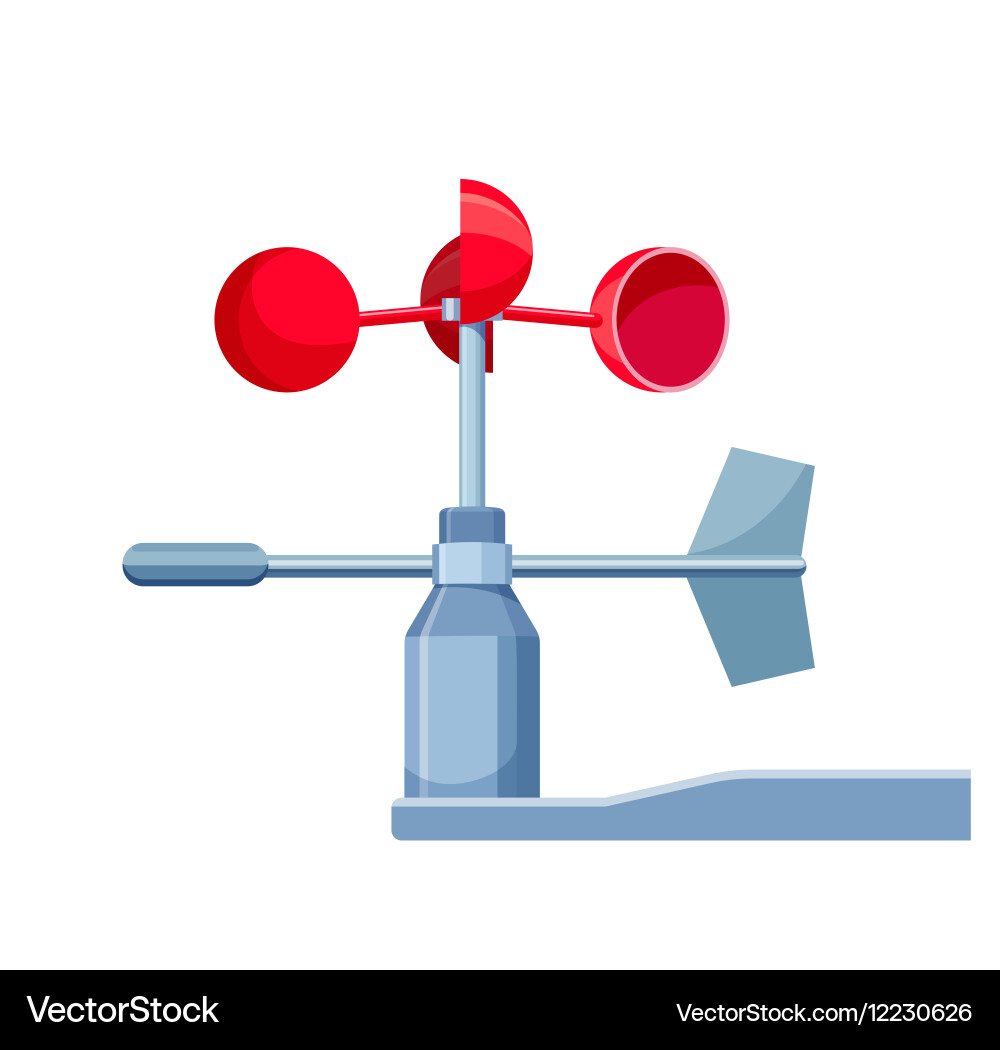All You Required to Know About Anemometers: How They Function, Why They Matter, and Where to Make use of Them
Anemometers, though often overlooked in the realm of scientific tools, play a crucial role in different fields, supplying valuable insights into wind rate and air movement patterns. As we dive right into the complexities of anemometer modern technology, we will discover the inner functions of these tools, their importance, and the key considerations when choosing the best anemometer for particular applications.

Anemometer Fundamentals
A necessary instrument used to determine wind rate and direction, the anemometer plays a crucial duty in meteorology and numerous industries. An anemometer usually consists of 3 or four mugs that revolve in the wind, a vane that aims into the wind, and sensors to track the movements or turnings.
There are various kinds of anemometers readily available, consisting of mug anemometers, vane anemometers, hot-wire anemometers, and sonic anemometers, each with its distinct features and applications. Cup anemometers are generally made use of for basic wind rate dimensions, while vane anemometers are liked for directional measurements. Hot-wire anemometers appropriate for reduced airspeeds, and sonic anemometers are excellent for high-precision measurements in research study and commercial settings. Comprehending the essentials of anemometers is vital for exact wind information collection and evaluation across different markets.
Concepts of Anemometer Procedure
Structure on the fundamental understanding of anemometer basics, the concepts of anemometer operation clarify the technicians behind wind rate and direction dimensions. Anemometers operate the principle of airflow affecting a sensor, creating it to rotate. Cup anemometers, as an example, have three or more mugs that catch the wind, triggering them to rotate quicker as the wind rate boosts. The rotation speed is then exchanged a wind speed dimension. Vane anemometers, on the various other hand, make use of a tail or a probe that straightens itself with the wind instructions, offering a measurement of wind instructions based on the alignment of the sensing unit. Hot-wire anemometers rely upon a warmed cord that cools down as wind overlooks it, with the price of cooling establishing the wind speed. Ultrasonic anemometers measure wind rate and direction by evaluating the moment it takes for ultrasonic signals to travel in between transducers. Comprehending these principles is important for trustworthy and precise wind measurements in numerous applications.
Relevance of Anemometers
The value of anemometers in weather forecasting and numerous markets can not be overstated. Anemometers play a crucial function in gauging wind rate and instructions, offering crucial information for climate projecting, climate researches, environmental monitoring, and aeronautics operations. Meteorologists depend on anemometers to have a peek at these guys gather precise wind data, assisting them comprehend weather patterns, forecast storms, and problem prompt cautions to the public. In industries such as building, farming, sustainable energy, and maritime operations, anemometers are utilized to maximize processes, make sure security, and raise efficiency. Wind ranch drivers utilize anemometers to analyze wind problems and make the most of electrical power manufacturing from wind generators. In the maritime sector, anemometers aid ship navigation by giving real-time wind details to captains, helping them make informed decisions to guarantee secure trips. Overall, anemometers are important tools that add substantially to safety and security, efficiency, and informed decision-making in meteorology and a variety of sectors.
Applications Throughout Numerous Industries
Applications of anemometers cover across varied sectors, showcasing their convenience and energy beyond meteorology. In the eco-friendly power industry, anemometers play a vital function in examining wind conditions for wind farm positionings, making certain ideal energy manufacturing. Industries like building and mining utilize anemometers to check wind speeds, crucial for safety and security procedures, especially when functioning at heights or in open-pit mines where solid winds can pose threats. Anemometers are likewise integral in the aeronautics industry, helping pilots in recognizing airspeed and wind direction for safe liftoffs and touchdowns. The maritime sector gain from anemometers for ship navigation, helping seafarers prepare for climate modifications and readjust routes appropriately. In agriculture, anemometers aid farmers in taking care of crop spraying by providing real-time information on wind speed to prevent drift. Moreover, anemometers discover applications in cooling and heating systems to maximize airflow and enhance power effectiveness in structures. The varied usage instances of anemometers highlight their significance throughout numerous sectors, highlighting their essential function in improving functional security and effectiveness (anemometer).

Picking the Right Anemometer for Your Needs
For basic purposes, a cup anemometer is suitable for measuring wind rate, while a vane anemometer provides wind instructions information. Hot-wire anemometers are excellent for reduced airspeed dimensions, and ultrasonic anemometers supply high precision and sturdiness.

Verdict
In final thought, anemometers play a crucial role in measuring wind rate and direction throughout different markets. Comprehending the concepts of anemometer operation is vital for selecting the right gadget for specific demands. From weather forecasting to aeronautics, anemometers are crucial tools for guaranteeing and accumulating precise information safety and security in different applications. When choosing the most ideal tool for measuring wind problems., it is vital to consider the relevance of anemometers in order to make informed decisions.
There are numerous kinds of anemometers available, consisting of mug anemometers, vane anemometers, hot-wire anemometers, and sonic anemometers, each with its Resources unique features and applications. Mug anemometers are frequently made use of for basic wind speed measurements, while vane anemometers are favored for directional measurements. Hot-wire anemometers are ideal for low airspeeds, and sonic anemometers are ideal for high-precision measurements in research study and industrial setups.Building on the foundational understanding of anemometer fundamentals, the concepts of anemometer procedure clarify the mechanics behind wind speed and direction dimensions. For general objectives, a mug anemometer is ideal for gauging wind speed, while a vane anemometer provides wind direction data.